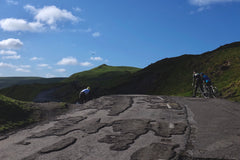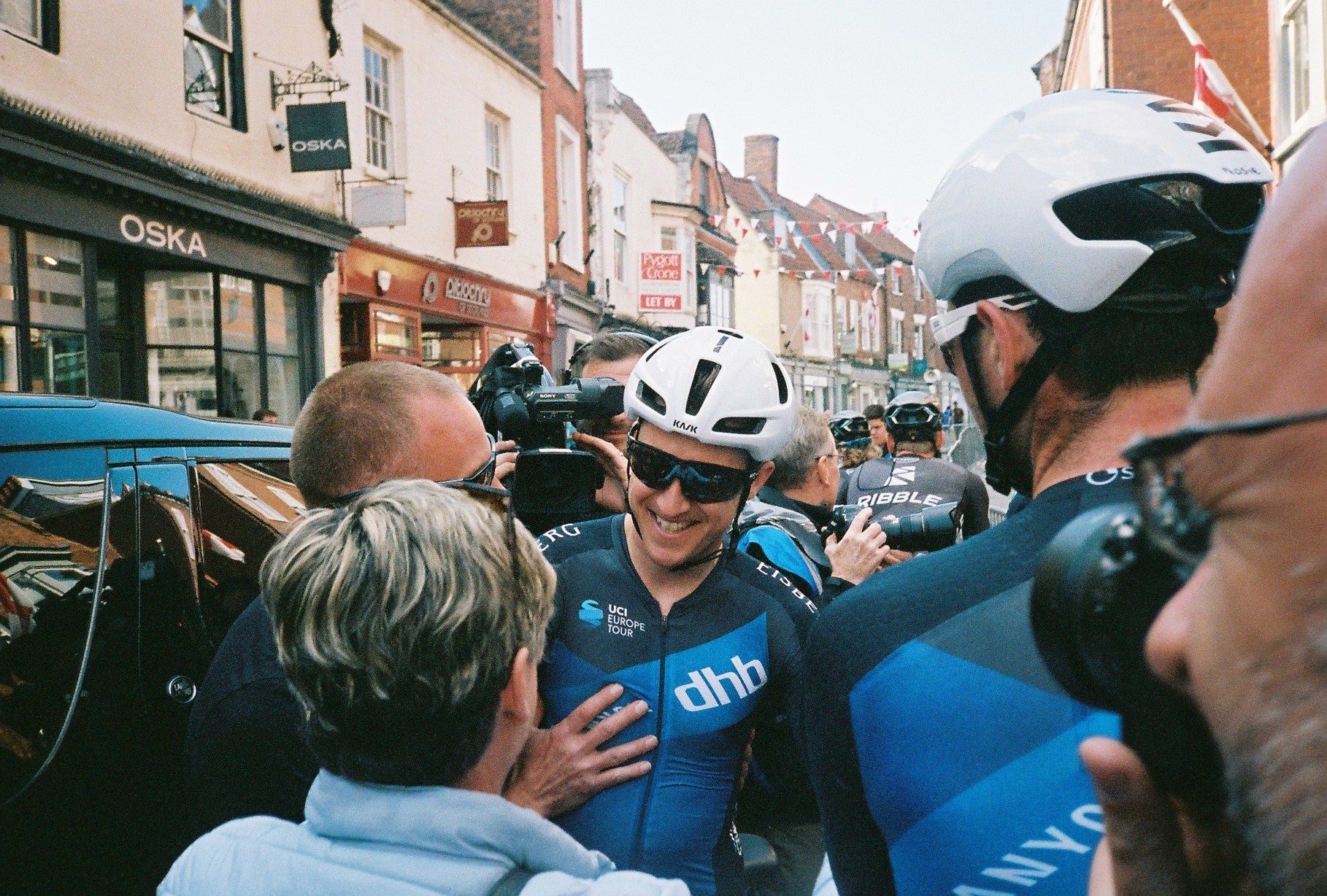On Racing (And Why I Don't)
For a short time I considered trying my hand at bike racing. This was before I realised how hard racing actually is! Every cyclist must be able to relate to the visions of grandeur that you have when you start getting fit. You start with the bike, you enjoy it, you ride more and more and you get fitter. Then you ask yourself the question “I wonder if I should race?“.
A good friend told me “Apart from a small number who are good enough to win races and enjoy it, most lads who race do it to prove something to themselves or to others”. It spared me the time, money and embarrassment of turning my bike rides into hard training-rides and pinning a number to my back. I don’t regret never trying. I have still been fortunate enough to ride with some good riders, some proper talent.
The idea of putting the bike in the car at weekends, driving to a race only to get my head kicked-in, all in front of one-man and his dog, does not appeal! When you fantasise about racing your bike, you’re riding the Giro or de Tour, dropping people in the mountains, in the sun. When in reality, you’re more likely to be getting blown out of the back on a dismal circuit in the rain!
Long weekend rides made more sense. Riding with friends who know the etiquette and ‘how to ride’. It made sense then and it still does now. Straight out of the house early, riding all day, side by side, good conversation, great routes exploring new roads, a cafe stop (usually a pub stop!) - halcyon days!











Having said that, I'm glad there are people with the drive, the talent, the skill and the capacity to suffer, or who want to prove something, who race bikes. Because I love watching top notch bike races.
I was lucky enough to watch a friend win the best known and most prestigious domestic race on the calendar, Lincoln Grand Prix.
There are some photos I took from that event ~ here
Words by Thom Barnett / Photos by Nick Newton
Continue reading





































 "That's my Cycle", Wall in India, 1989
"That's my Cycle", Wall in India, 1989  In the north of the Sahara desert, Algeria, 1985
In the north of the Sahara desert, Algeria, 1985 Monument Valley, USA. Cycling across America, 1992.
Monument Valley, USA. Cycling across America, 1992. Rough Road, Utah. USA, 1992.
Rough Road, Utah. USA, 1992.  Japan, 1994.
Japan, 1994. Bike Path near Zandvoort, The Netherlands. Cycling the North Sea coast with offspring, 2016.
Bike Path near Zandvoort, The Netherlands. Cycling the North Sea coast with offspring, 2016. Bike Path near Breskens, The Netherlands, 2017.
Bike Path near Breskens, The Netherlands, 2017.


